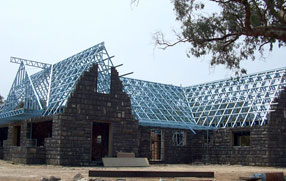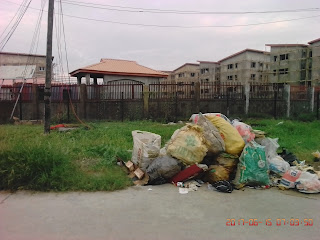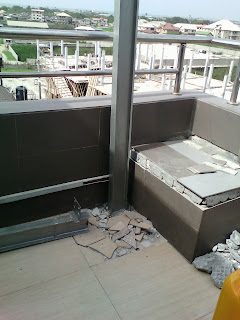LIGHT GAUGE STEEL (LGS)
For players in the built environment
TITLE:
LIGHT GAUGE STEEL (LGS)
Light gauge steel construction is very similar to wood framed construction in principle - the wooden
framing members are replaced with thin steel sections. The steel sections used
here are called cold formed sections, meaning that the sections are
formed, or given shape at room temperature. This is in contrast to
thicker hot rolled sections that are shaped while the steel is molten
hot. Cold formed steel is shaped by guiding thin sheets of steel through a
series of rollers, each roller changing the shape very slightly, with the net
result of converting a flat sheet of steel into a C or S-shaped section.
The steel used here is coated with zinc (called galvanized) or a mixture of zinc and aluminum (called zincalume or galvalume by some) to protect it from corrosion. The thickness of this coating can be varied to suit a range of environments. Typically, marine environments require the most protection, and dry, arid regions the least.
The thicknesses of steel used here range from about 1 to 3mm for structural sections, and 1 to 2mm for non-structural sections. The members are sized to roughly correspond to wood members: 2"x 4" and 2"x 6" are common sizes.
Like in wooden framed construction, a frame of steel members is first constructed, and then clad with dry sheeting on both sides to form a load bearing wall. Construction with steel follows the platform frame system of house building. Connections between members are made with self tapping self drilling screws.
The gaps between members are filled with insulation.
The steel used here is coated with zinc (called galvanized) or a mixture of zinc and aluminum (called zincalume or galvalume by some) to protect it from corrosion. The thickness of this coating can be varied to suit a range of environments. Typically, marine environments require the most protection, and dry, arid regions the least.
The thicknesses of steel used here range from about 1 to 3mm for structural sections, and 1 to 2mm for non-structural sections. The members are sized to roughly correspond to wood members: 2"x 4" and 2"x 6" are common sizes.
Like in wooden framed construction, a frame of steel members is first constructed, and then clad with dry sheeting on both sides to form a load bearing wall. Construction with steel follows the platform frame system of house building. Connections between members are made with self tapping self drilling screws.
The gaps between members are filled with insulation.
This form of construction can also be used for
non-structural framing, such as interior partitions or external cladding.
In fact, this form of construction was originally developed for interior partitions
in offices.
ADVANTAGES OF LIGHT GAUGE STEEL CONSTRUCTION
Light gauge steel structures have many of the advantages
of light wood framed structures:
·
- They are light, and allow quick building without heavy tools or equipment.
- Every component can easily be carried by hand - a house is like a carpentry job on a larger scale.
- The main tool is a light, handheld screw gun.
- Since steel is strong, LGS structures are lighter than wood framed structures of equivalent strength.
- Their higher strength allows greater spacing between members when compared to wood frame construction: about 24" (600mm) for LGS as against about 16" or 20" (400 or 500mm) for wood.
- Fewer members translate to quicker construction times.
- It is able to shape itself to any form, and can be clad and insulated with a wide range of materials.
- It is easy to change or modify this construction at any point in its lifespan.
- There are a great range of systems and products catering to this type of construction. (Many serviceables)
- LGS structures are non-combustible, which is a code requirement for some types of structures.
- Since steel loses its strength over time in fire, it must be protected from fire with fire rated sheeting.
- Light gauge steel structures do not rot, shrink, warp, or decompose like wood structures, and can be used in areas where there is a probability of termite attack
- Light framed structures allow the passage of sound more readily than the more solid masonry construction. (Requires insulation where necessary)
- Light gauge steel will lose strength over time in the advent of fire. Adequate fire protection must be used. The easiest form of fire protection is to clad the steel with fire rated sheeting or drywall.
Questions:
praxisconstructioncompany@gmail.com




Comments
Post a Comment